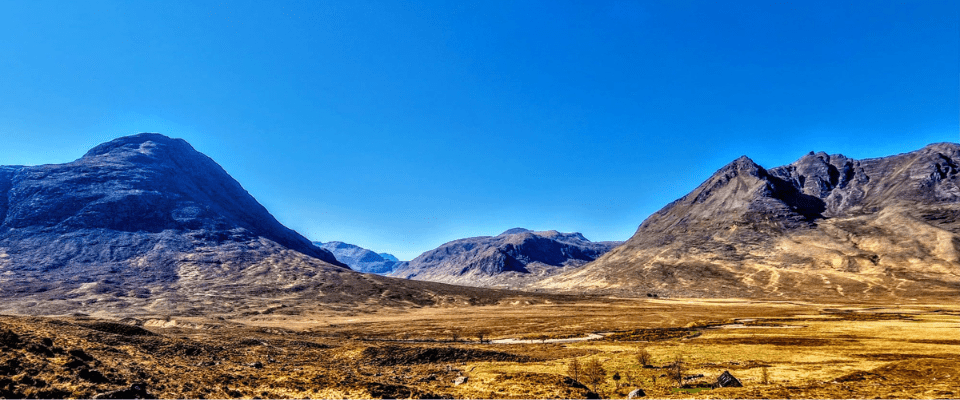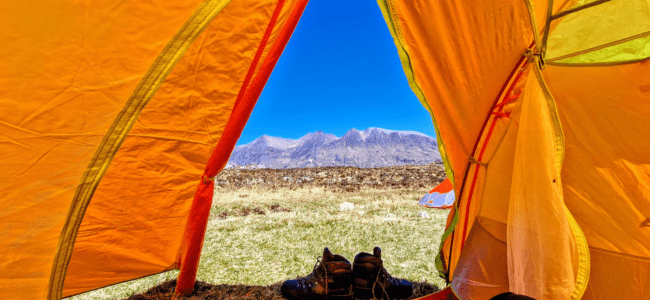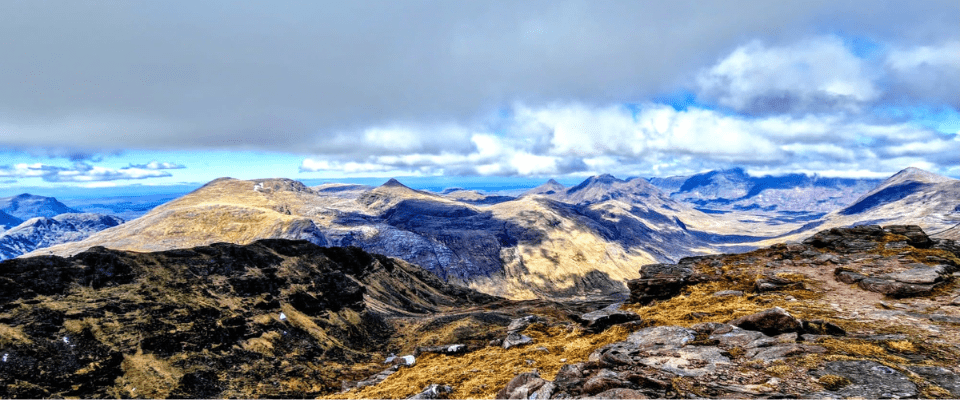
Five of the best wild camping spots in Scotland
Scotland makes up over a third of the UK’s total landmass, with some of its most diverse landscapes from untouched moorland to dizzying mountain glens. Since the 2003 Land Reform Act, it also has the UK’s most legal protection for the ‘right to roam’ — an ancient custom that allows everyone to enjoy open countryside, whether the land is public or privately owned. Wild camping without a landowner’s permission is illegal in England (except in Dartmoor National Park), Wales and Northern Ireland; in Scotland, you can sleep freely under the stars.
It sounds like a small distinction, but as recent high profile legal battles have shown — including the 2023 Darwall vs Dartmoor National Park Authority case, which threatened the right to wild camping on Dartmoor, and hinged on the semantics of whether sleeping could be counted as open-air recreation — wild camping is a precious and vulnerable right.
We spoke to three experts to help shortlist the best wild camping spots across Scotland.

Approaching Shenavall looking across the Strath na Sealga and up Gleann na Muice. Here, you get your first look at the Fisherfield Munros
1. Fisherfield Forest
The Fisherfield wilderness in the northwest Highlands is home to some of the remotest Munros in Scotland. This epic two day expedition summits five Munros and one Corbett. It includes a river crossing, some scrambling, boggy ground, and summit views which are among the finest you’ll find in Scotland. It’s miles away from any towns or villages, so make sure you pack well.
Day 1: Walk from Corrie Hallie car park past Shenavall Bothy, and cross the river to Buttress Junction. There’s nice flat ground on the west side of the river, which makes a perfect camping pitch. From here, you’ve got a good base to bag two Munros: A’ Mhaighdean and Ruadh Stac Mor. Walk west using the Cape Wrath trail to Lochan Fèith Mhic’-Ilean, then head southeast to Fuar Loch Mòr to the saddle between Ruadh Stac Mor and A’ Mhaighdean. Drop down from the summit and you’ll find your way back to camp along the stream.


Loch Enoch is an isolated freshwater loch in Galloway Forest Park in southwest Scotland. It has several small islands, as well as a number of beaches on its shoreline, which make for an ideal wild camping pitch. The loch sits at the foot of southern Scotland’s highest mountain — the Merrick, at 842m.
Park at the Bruce Stone in Glen Trool, and walk along Loch Valley. The way up to the loch is quite boggy, so it’s a good idea to pack gaiters.
On your way back to the car park, take a short diversion to the Bruce Stone memorial, located at the top of the hill on the north side of Loch Trool. It commemorates Robert the Bruce’s first victory over the English army in 1307 during the Scottish Wars of Independence.

3. Corrie Fee (pictured right, above)
Corrie Fee is located on the southern edge of the Cairngorms National Park and is one of Scotland’s most dramatic glacial valleys.
Park at Glen Doll (where the visitor’s centre is worth a stop if you have time). From there, follow the well-signposted Corrie Fee trail. Beginning the ascent to the two Munros of Driesh and Mayar, you’ll find a magnificent waterfall where the Fee Burn tumbles over the edge of the Cairngorm plateau. If you bring a water filter, you can top up on supplies here.
You’ll get the best outlook if you pitch your tent quite high up, looking all the way down the valley back to Glen Doll.
4. Torlundy and the Càrn Mòr Dearg Arête, Ben Nevis

There are many public transport options to and from Fort William to reach Ben Nevis, the highest mountain in Scotland, and plenty of routes out from there once you reach the mountain. This hike starts in Torlundy and it’s just under three miles to this particular camp spot, with 427 metres of ascent.
When you leave the village on the coast path, go past the church until you reach the St Abb’s Head Lighthouse. Stick to the clifftops if you can, and you’ll be rewarded with fantastic views out to sea.
Beyond the lighthouse, you’ll find a perfect spot for wild camping. North-facing, you get glorious sunsets and sunrises in the summer, and can watch the seabirds fishing while you have your breakfast.
This is an easy-access route, so is popular with other hikers, especially in fine weather. Route available here.

Contributors
Keith Thomson is a Scottish mountain leader and freelance outdoor first aid instructor who has been climbing mountains since he was a child. He volunteered for Mountain Rescue for many years, and remains active in the mountaineering community.
David Miles is an avid wild camper and a YouTuber based in Northumberland. In creating videos, he hopes to share his passion for the outdoors and inspire others to follow the places he loves.
Stephen Roach is a photographer based in the northeast of England. His love for the great outdoors has taken him all over the UK — from the Scottish Highlands to the southern coast of England.
Date of publication: 20th March 2024





